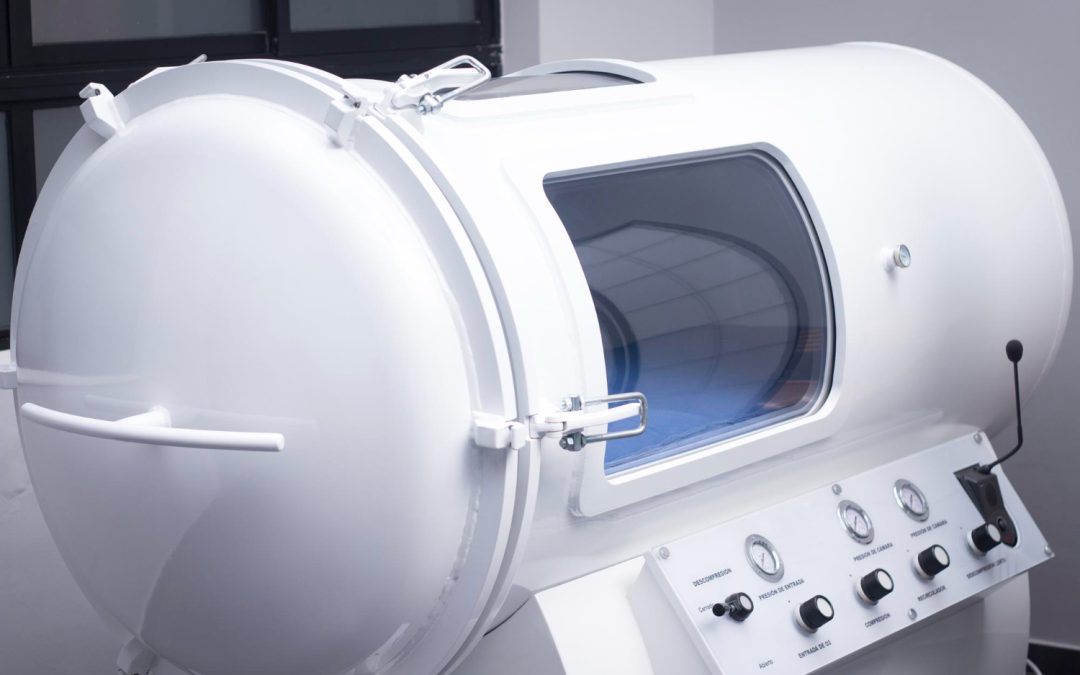Hyperbaric oxygen therapy, or HBOT for short, is gaining attention as a potential treatment for various ailments, including tinnitus. Tinnitus is often described as a ringing in the ears, but it’s not limited to just that. The sound can also be humming, buzzing, or even roaring. People who experience tinnitus know how distracting and frustrating it can be. The idea behind HBOT is to help heal the body by delivering high levels of oxygen in a pressurized chamber. This high concentration of oxygen supports the body’s natural healing processes and might be particularly beneficial for tinnitus sufferers.
While HBOT offers a new avenue for those dealing with persistent ear noises, the therapy’s benefits go beyond just one condition. Increasingly, researchers and medical professionals are exploring how HBOT can address issues involving the ears, hearing, and general wellness. By understanding both hyperbaric oxygen therapy and tinnitus, individuals can make informed decisions about pursuing this treatment option.
What is Tinnitus?
Tinnitus isn’t a disease but rather a symptom of an underlying condition. It’s the perception of noise or ringing in the ears when no external sound is present. People describe it in various ways, and the noise can be constant or come and go. Tinnitus can vary in pitch, affecting one or both ears. It might be a faint sound for one person and a thunderous noise for another.
The causes of tinnitus are numerous. One of the most common reasons is exposure to loud noises. Loud sound can damage tiny hair cells in the inner ear, leading to this persistent ringing or buzzing. Ear infections are another cause and can worsen tinnitus symptoms. An infection may block sound from reaching the inner ear, causing the affected person to perceive phantom noises. Age-related hearing loss can also lead to tinnitus, as the delicate structures of the ear deteriorate over time.
Apart from these, other contributors include earwax buildup, which can block sound, and even certain medications, which might have tinnitus as a side effect. Knowing these causes can help pinpoint potential solutions or treatments.
How HBOT Works
Hyperbaric oxygen therapy involves a simple yet powerful process. Patients enter a specialized chamber where the air pressure is significantly higher than normal atmospheric pressure. In this environment, patients breathe in pure oxygen. The increased pressure allows more oxygen to dissolve into the blood, promoting healing by boosting the body’s ability to repair itself.
The benefits of higher oxygen levels in the body are numerous. For example, more oxygen can help reduce inflammation and increase blood flow to damaged tissues, which is essential for healing. This process can especially be useful for areas where blood is not circulated efficiently, like the inner ear, where tinnitus might originate.
Here’s how HBOT supports healing:
- Increased oxygen in the blood can accelerate recovery processes.
- Extra oxygen can diminish inflammation in tissues that might be causing harm or irritation.
- Damaged areas get the oxygen they need to repair and recover more quickly.
This straightforward mechanism makes HBOT a promising approach for those suffering from conditions like tinnitus, as it targets some of the root causes of the symptom rather than just masking it.
HBOT’s Impact on Tinnitus
HBOT is drawing interest as a possible remedy for tinnitus. Researchers are starting to look at how this treatment could help those bothered by continual ear noises. Studies suggest that the advantages of HBOT might include improved blood flow and oxygen levels in the inner ear. This improved oxygenation could potentially lessen inflammation, one of the suspected culprits behind tinnitus.
The research shows promise, but HBOT’s effectiveness varies among individuals. While some may experience significant relief from symptoms, others might find only slight improvements. This variance highlights the importance of further studies to fully understand how HBOT can serve those with tinnitus. However, the mechanism of enhancing blood flow and reducing inflammation offers hope for many.
What to Expect in an HBOT Session
For those curious about trying HBOT, understanding what an HBOT session involves can ease any apprehensions. The procedure is typically straightforward. Patients step into a large chamber that resembles a capsule or tube. Once inside, the atmospheric pressure is increased, and patients breathe in pure oxygen for a set amount of time, usually around an hour. The experience is often compared to the feeling of being in an airplane as the pressure changes.
Here’s a walkthrough of what patients can expect:
- Preparation: Before the session, patients are usually advised to wear comfortable, loose clothing. They might be asked to remove jewelry and other metallic items.
- During the session: Many patients pass the time by watching TV, reading, or simply resting. The chamber is equipped with intercom systems so patients can communicate with the technician.
- After the session: Most people feel relaxed or sometimes a bit light-headed, akin to the sensation after a deep yoga session or intense breathing exercise. It’s generally advised to take it easy and hydrate well afterward.
HBOT sessions are often repeated over several weeks, depending on the treatment plan. Understanding this process lets individuals approach the therapy with knowledge and reduce any potential anxiety about the unknown.
Looking Forward
Exploring HBOT as a treatment for tinnitus showcases an intriguing approach to addressing this disruptive condition. Widespread interest emphasizes the potential role that increased oxygenation and reduced inflammation may play in providing relief. While the therapy’s effects vary, its non-invasive nature makes it an attractive option for those seeking alternatives to traditional treatments.
Given the ongoing advancements in research and technology, there’s optimism about the capabilities of HBOT. Those struggling with tinnitus might find hope in these innovative approaches, encouraging them to seek professional advice to determine if this treatment aligns with their individual needs.
In sharing this information, we aim to provide insight into this fascinating therapy without bias, inviting readers to share their questions and thoughts with healthcare professionals who specialize in HBOT for personalized guidance.
Exploring new treatments for tinnitus might feel overwhelming, but hyperbaric oxygen therapy could provide the relief you’re seeking. If you’re curious about how this treatment works, HBOT for Oxygen Therapy may aid in your healing journey. Visit Founding Fathers Hyperbarics to see how this innovative approach might just be the solution you’ve been looking for.

